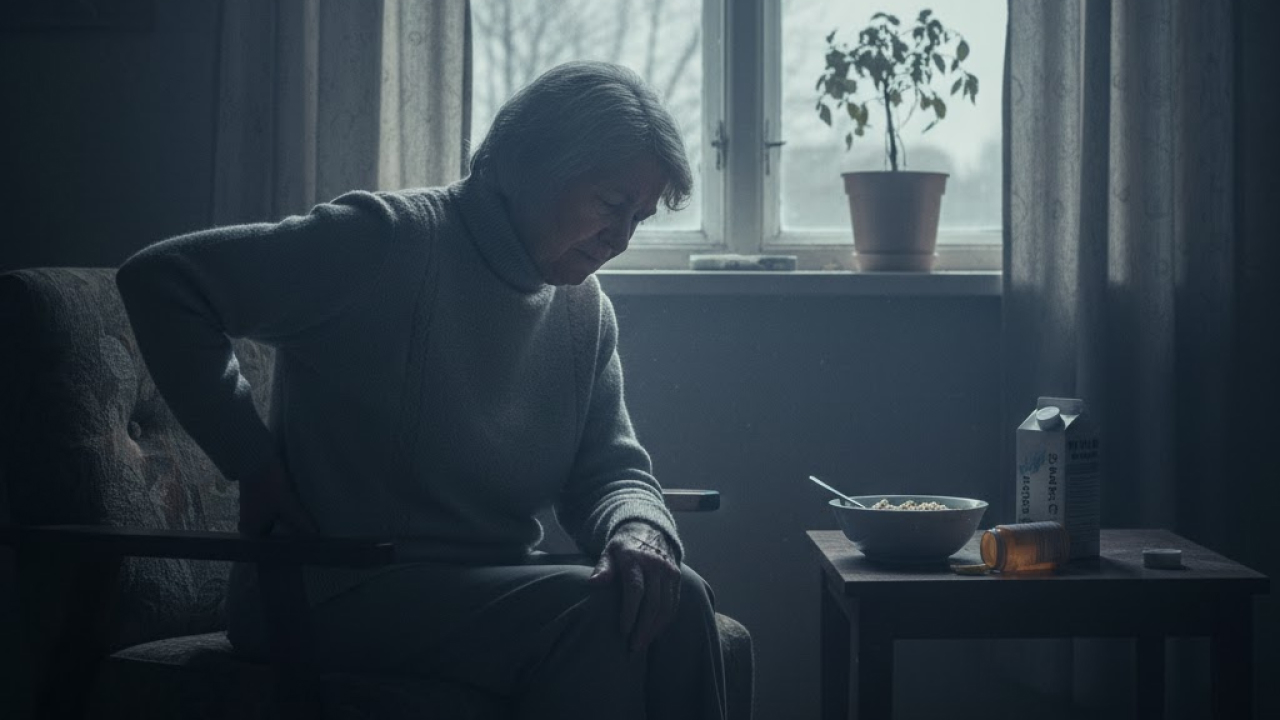Isn’t it kind of strange that we are living in a country where the sun shines almost every day, though still many of us suffer from vitamin D deficiency? Many of us might be thinking that all that sunlight will be sufficient to keep us healthy, but that’s not the case here. It’s nearly 60% of Pakistan’s population that is vitamin D deficient, as per the studies revealing such a huge number.
The thing that’s worrisome is that many of the people are not ready to realize they’re low on it until they’re getting little signals of random body aches, constant fatigue/tiredness, weak bones, or low mood.
In this blog, we’ll get a chance to dig into the reasons behind why many of us are running low on vitamin D, what the researchers say regarding Pakistan’s current situation, along with some of the small lifestyle tweaks that help in bringing a real difference.
What is Vitamin D, and Why Does it Matter?

Vitamin D is produced in the skin that is exposed to UVB sunlight and helps in absorbing phosphorus and calcium, often called the “sunshine vitamin”. If low vitamin D is found in kids, it will lead to rickets in them along with osteoporosis and osteomalacia in adults. It’ll link to more infections, muscle weakness, fatigue, and mood problems in some cases.
To address these deficiencies, many people rely on trusted supplement brands that provide safe and effective vitamin D support. Above the bones, the influence of vitamin D can be on the immune system and many other cell functions. So, this issue doesn’t only revolve around bones, though it has an impact on our overall health.
The Latest Pakistani Numbers – Real Studies, Real Worry
We have given some of the recent data points from peer-reviewed studies that were done on the population of Pakistan. Here we go:
- There was a cross-sectional analysis nationwide consisting of 26,750 people, which found that there were 56% of people were vitamin D deficient, were insufficient 20% and 24% were sufficient. This is consider to be a very large dataset which shows the problem’s scale.
- An earlier focused review and prevalence study covering multiple Pakistani regions reported 53.5% deficiency in one sample and large fractions with insufficiency in others, reinforcing the >50% pattern.
Why Does Pakistan, a Sunny Place, Still Have Vitamin D Deficiency?

You need to look for a healthy lifestyle to keep your vitamin D levels intact. Because sunlight alone is not sufficient. So, it’s a mixture of healthy habits, including the following:
Indoor Lifestyles
The long hours spent indoors are a contributing factor to this deficiency. The kids stay indoors studying, adults working in offices, and for leisure people opt for inside malls or homes.
Air Pollution and Smog
We witness heavy pollution in cities like Lahore, Islamabad, and others to have have smog and particulate matter that block UVB rays partially. This reduces vitamin D synthesis.
Skin Tone and Genetics
Those people who have a dark skin complexion are likely to produce more melanin. Melanin has a role in protecting you from UV. But, on the other hand reduces the vitamin D production. People living in Pakistan have skin tone from medium to dark. Hence, they will require sun exposure for a longer period of time to make the same amount of vitamin D as the lighter-skinned people.
Dietary Gaps
The dietary gaps are often seen as there are few traditional Pakistani diets that lack them. Mostly by not including oily fish regularly and dairy consistently not fortified with Vitamin D all around. It simply means that diet fails often in making up for the shortfall due to a lack of sunlight.
Low Awareness & Inconsistent Testing
Many people are not aware enough about testing until they experience a fracture or bone pain. The routine screening is not a universal thing in Pakistan, hence, it lacks public awareness and optimal sun exposure.
Testing, Supplementation, and Safe Sun – Practical Steps
- Get yourself tested if you experience persistent pain in your bones, recurring infections, muscle weakness, or risk factors. The test through which doctors measure is 25-hydroxyvitamin D (25(OH)D).
- Make a short, safe sun habit with daily exposure to the sun. avoid overdoing it and sunburn.
- Make your diet rich in vitamin D by including egg yolks, oily fish(tuna, sardines, salmon), dairy or fortified milk, and mushrooms exposed to UV.
- The older adults and pregnant women are often recommended to take supplements. And people who are deficient should consult their clinician for the required supplementation.
What Should Public Health do?

The public health can take the following health measures:
Food Fortification
Food fortification can be the first thing that you can do. It should be mandatory to fortify cooking oil, milk, or flour with vitamin D, which is a population-level fix that many countries are using. It’s already in discussions by Pakistan, but implementations are inconsistent. The stronger policy and monitoring would be helpful in this matter.
Awareness Campaigns
Raising awareness campaigns by teaching the audience about safe sun exposure, vitamin D-rich foods, and when to take supplements. The key platforms for this can be maternal health programs and the schools.
Targeted Screening
For the screening and supplementation programs, the targeted audience should include children, pregnant women, high-risk urban populations, and the elderly.
Conclusion
We can protect our families and our own selves from the silent effects of vitamin D deficiency. So, we can do this by stepping out more often, adding the foods that are rich in vitamin D, and also getting our regular tests or checkups done.
You don’t have to make big lifestyle changes at all. It’s just that you need to add a few small habits in your everyday routine in order to keep your body strong and your mind active.


